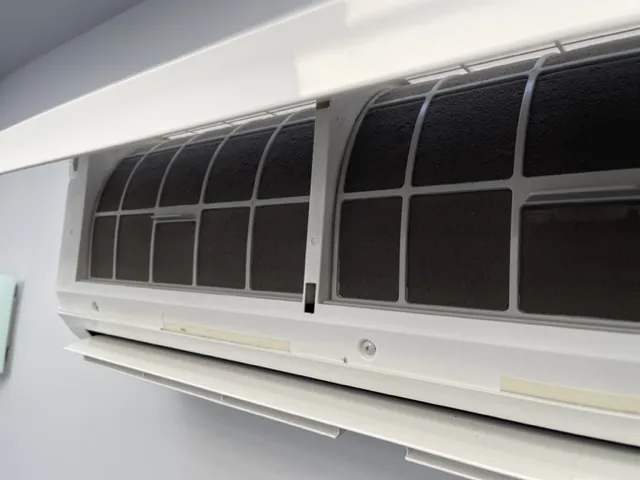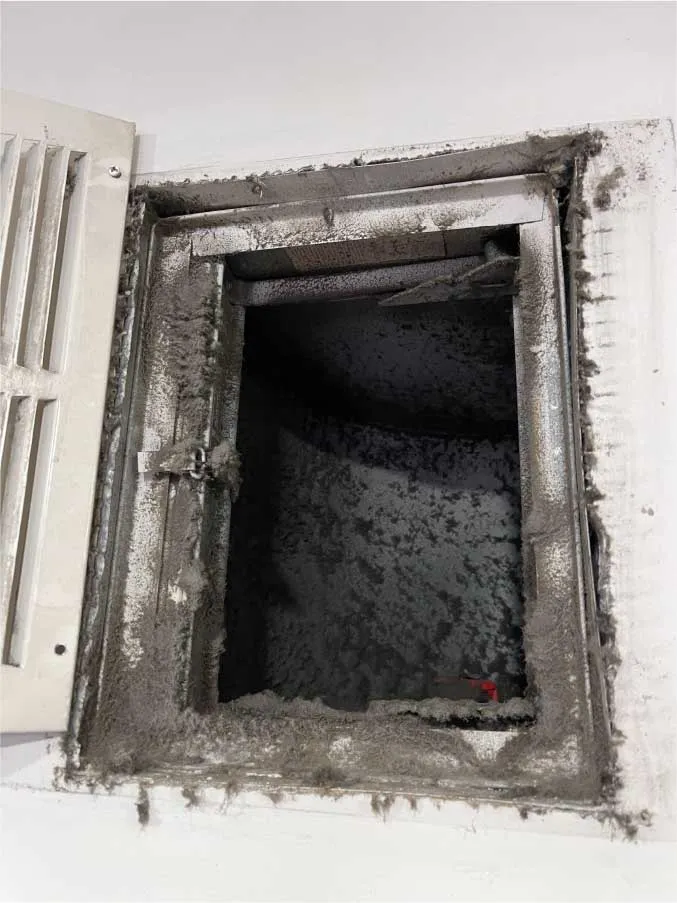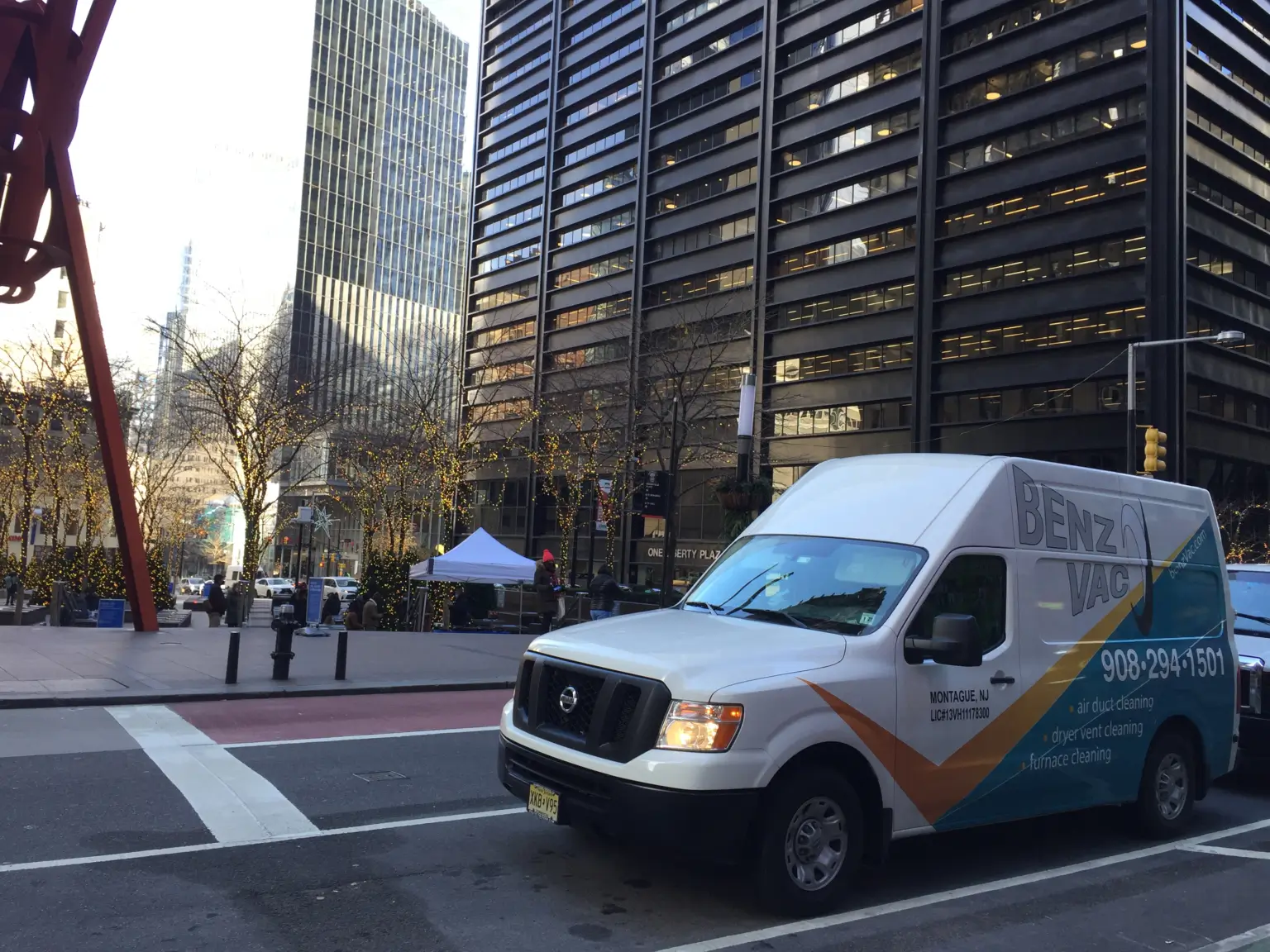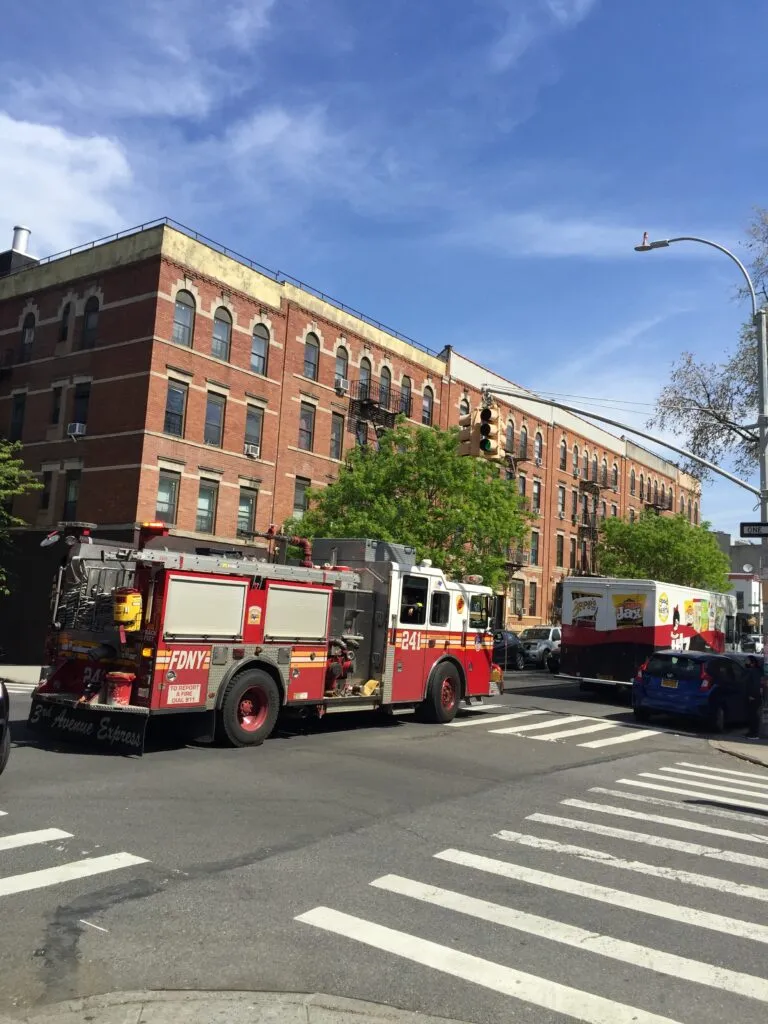Air Duct Cleaning at Nail Salons is a Must, Yes or No?
Air Duct Cleaning at Nail Salons is a must now. Let’s see why.
Who doesn’t love trips to salons? For many people, visiting a salon is a
perfect way to release stress and reenergize for the coming week. The latest
nail art and acrylic nails have got people hooked on nail salons.
The bad part about such visits is the exposure to dangerous chemicals used in nail treatments and products that aren’t particularly healthy for you.
 Air Duct Cleaning At Nail Salons
Air Duct Cleaning At Nail Salons
The Popularity of Nail Salons in the U.S
Nail salons are a significant source of income and employment for recent
immigrants, providing customized nail services to a variety of clients across
the country.
But because of the nature of nail care products and treatments, the indoor air of salons contains a variety of low concentrations of dangerous airborne pollutants. Increasing work-related complaints, such as headaches and respiratory discomfort, which are linked with poor indoor air quality, have frequently been discovered in assessments of nail technicians.
In the past twenty years, the American nail salon market has seen
remarkable growth. Around 2,000 nail salons have opened in New York City (NYC),
thanks to budget-friendly manicure packages.
The downside of this exorbitant number of nail salons is the emission of hazardous chemicals indoors that can have detrimental effects on the health of employees and customers as well. It is possible to suffer asthma attacks and other chronic respiratory conditions from exposure to beauty salon chemicals, which is why some people avoid going to salons at all costs.
Due to their constant exposure to a variety of chemicals, salon
employees may have particularly negative effects from chemicals.
Keeping in light the health risks posed by nail salon treatments and products, in 2015 NYS published regulations to enhance the indoor air quality in salons and to
address some of these public health concerns for employees and customers.
Nail salons must install a heating, ventilation, and air conditioning system (HVAC)
as well as local exhaust ventilation (LEV) to get outdoor air indoors to the
salon environment as well as to vent contaminated air directly to the outside. Air duct cleaning in nail salons is a must now.
Chemical Exposure and Air Duct Cleaning at Nail Salons
Chemicals may enter the body if:
· Dust, mists, or vapors coming from the products are inhaled.
· These products contain chemicals that accidentally touch your skin or get into your
eyes.
· Consume the chemical products left on your food or drink.
People experience chemical effects in a variety of ways. The level of
chemical effect is directly proportional to the degree of its exposure. Either
you can become ill immediately or over time.
Using a large number of products at the same time, using the products repeatedly, or not ventilating the salon properly can lead to an accumulation of exposure.
Dangerous Chemicals in Nail Salon Products: Air Duct Cleaning
Many chemicals can be found in nail products such as polishes,
strengtheners, removers, and solutions for artificial nails. These compounds
vary in their level of danger.
These substances have the potential to harm your body over time if used frequently or exposed to high levels, or they could trigger an allergic reaction.
The following are some examples of potentially harmful compounds:
· Butyl acetate is found in nail polish and nail polish remover. Headaches and
irritation of the eyes, skin, nose, mouth, and throat occur from butyl acetate.
· Ethyl methacrylate is found in artificial nail solutions. Asthma, itchy eyes, nose, mouth, and skin, as well as concentration issues. Pregnant women are at higher risk as exposure during pregnancy can be harmful to the child.
· Acetone is found in nail polish remover and causes dizziness, headaches, and
irritated skin, throat, and eyes.
· Dibutyl phthalate is found in nail polish. Nausea and irritation of the mouth, throat,
nose, and eyes are its symptoms. Other negative effects could result from
prolonged exposure to high amounts.
· Ethyl acetate is found in nail polish, fingernail glue remover, and nail polish
remover. Irritation of the eyes, stomach, skin, nose, mouth, and throat; high
doses may cause dizziness.
· Acetonitrile is found in fingernail glue remover. Breathing issues, nausea, vomiting,
weakness, and weariness are some of the symptoms of exposure to this chemical.
· Isopropyl acetate is found in nail polish remover and nail polish. It causes drowsiness and irritation of the eyes, nose, and throat.
· Toluene is found in fingernail glue and nail polish. It causes dry, cracked
skin, headaches, numbness, and sore eyes, nose, and throat. It can potentially
harm the liver and kidneys and can be dangerous to unborn children when used
during pregnancy.
· Formaldehyde is found in nail polish and nail hardeners. It develops allergic
reactions; itchy eyes, skin, and throat; difficulties breathing, including
coughing, bouts that resemble asthma, and wheezing. The highly alarming fact
about this chemical is that it has the potential to cause cancer.
Ventilation Comes to the Rescue
Ventilation is the most effective technique to reduce the concentration
of chemicals in the salon. The following actions can significantly boost your
health:
ü Open windows and doors frequently to bring fresh air inside. If there is a ceiling vent in the salon, it needs to be activated and functional.
ü The exhaust system at the nail salon should stay on.
ü In the absence of an exhaust system, the HVAC system should always be functional during business hours. Keep the thermostat fan switch in the on position so that it continues to run even when the HVAC system is powered off. It is highly recommended that the salon owner get HVAC air duct cleaning done by a reputable air duct cleaning company.
HVAC air duct cleaning at nail salons by BenzVac should always be your priority.
ü Remember, HVAC air duct cleaning should be done at least once a year. Replace the filters along with the duct cleaning.
ü It is a good idea to keep fans near open doors or windows. Air should be pulled into the salon from one end and pushed out the other.
ü Use portable ventilation devices in work areas to take away dangerous chemical vapors from the indoor air.
Activated Charcoal and HEPA Filters: Air Duct Cleaning
Local exhaust ventilation needs to be used to adequately protect both
nail professionals and customers. A local exhaust ventilation system prevents
you from inhaling toxin particles by efficiently catching and eliminating them
from their source.
This ventilation system prevents toxins from entering the indoor air at the salon. For best results, the local exhaust ventilation system should be placed near the source of pollutants so that the toxins are timely vented outside.
This ventilation system can be installed on either the wall or ceiling. Some people employ bendable hoses that may be positioned close to the breathing zone to boost functionality. To make sure that the ventilation system performs best to its capacity, it should be installed by professionals.
Your best option for ventilation is a commercial-level, premium-quality unit that uses a HEPA filter and activated charcoal. HEPA filters are excellent for removing tiny dust particles from the air, which are frequently minuscule and move around constantly.
Although these particles are invisible, they can make their way into your respiratory
system.
HEPA filters, without a doubt, effectively remove dust particles; however, they are
ineffective at removing vapor molecules, which are much smaller than dust
particles.
At this point, activated charcoal helps you. A unique procedure
produces a very permeable and super-absorbent substance that traps vapors in
minute cracks.
These devices typically have many blower settings; pick a slower speed for more optimal absorption because a faster speed goes by too rapidly for the activated charcoal to do its work.
HEPA filters and activated charcoal work best together. A portable air cleaner or an
outside venting device can both be used with activated charcoal. Additionally,
a HEPA prefilter is necessary because dust might make the activated charcoal
bed or filter ineffective by clogging it.
Important Note: System Maintenance
Once you’ve chosen the ideal system, keep in mind that it needs frequent
maintenance and cleaning in order to function properly. The HVAC professionals
can make sure the system is enough for the area and maintain optimum operation.
Under normal consumption, you should change the filter every three to four
months. The changing frequency depends upon how thick the charcoal bed is. If
it is thick enough, you can use it for a year, but don’t stretch it for more
than a year.
Activated charcoal functions like a sponge. Once it has fully absorbed
the vapors, you cannot use it further. Additionally, since many of the vapors
that are absorbed are combustible, thoroughly saturated filters pose a fire
risk. Filters can neither be cleaned nor reused.
Why Do You Need To Clean The HVAC System At Your Salon?
To ensure the safety of your customers and employers, you should
maintain clean vents in your HVAC system. Keeping your vents clean has numerous
advantages.
ü Cleaning the vents in your salon will make your salon a safer place. Generally, HVAC air duct cleaning should be done every 3 to 5 years.
However, if you find any mold growth, or if you notice your employees and customers frequently coughing, sneezing, or having breathing issues while at your salon, understand that it might be happening due to dirty ducts.
Dirty ducts call for immediate HVAC air duct cleaning. This way, HVAC air duct cleaning will help you keep your customers and staff healthy and provide effective ventilation to stop the spread of disease in your salon.
ü Dirty ducts impede airflow and thus hamper proper ventilation. With clean HVAC ducts, you can have enhanced airflow in your salon. HVAC air duct cleaning helps
in the effective functioning of the system and enables the system to consume
less energy.
ü Dirty ducts put unnecessary strain on the system and force it to work hard, which results in more energy consumption, high energy bills, and early system death. HVAC air duct cleaning at nail salons by BenzVac ensures that your HVAC system gets an increased life span as clean ducts give the optimum performance of your HVAC system. Clean
ducts mean good airflow.
Tips for Maintaining Indoor Air Quality in Nail Salons
ü The workers should be trained regarding the risks involved with the products used in nail treatments.
ü Ensure that the workspace has appropriate general ventilation with at least 25 CFM of outside air per person.
ü Source capture ventilation systems should be installed at pedicure and manicure stations.
ü Wherever it’s feasible, products with the least dangerous chemicals should be used. This should be done as different states have banned the use of a few chemicals used in nail treatment products.
ü You should be very careful about the area where you mix different products for nail treatments. It is advisable that the mixing of products should be done in a specific area where you should install an air purifier to eliminate vapors and nail dust emitted during the mixing process.
ü There must not be a common HVAC system or ductwork between the nail salon and another tenant.
ü It is highly advised to install filters in the building’s HVAC system to eliminate dust and vapors from HVAC ducts. HVAC air duct cleaning at nail salons is indispensable
since your HVAC system is responsible for taking in fresh outdoor air and
ventilating contaminated indoor air. The cleaner the ducts are, the more clean
air gets circulated inside the salon.
ü Use just the right amount of the product to complete your tasks. Keep the extra product away from workstations.
ü Employees should practice good personal hygiene, refraining from eating, drinking, or smoking near their workstations or chemical storage areas.
ü Examining the nail salon’s air discharge sites for possible solvent vapor recirculation in neighboring tenant HVAC systems or windows/doors.
ü Examining the pressure difference between the neighboring tenant space and the manicure salon. The pressure in the nail salon should be lower than in the room next door. There should be no cracks, flaws, or gaps in the walls isolating the salon from neighboring businesses.
ü Bottles should be firmly closed while not in use to prevent product spills and airborne contamination.
ü Wearing gloves and goggles while handling nail products will help protect your skin and eyes.
ü Check the nail salon’s ventilation vent points to ensure that no vapors reach neighboring HVAC systems.
Providing salons maintain their SCV systems properly and change their
carbon filters regularly, clients can breathe comfortably during working hours
and salon air quality remains safe.
It is still necessary to use a dust collection system in combination with another ventilation system that lowers vapor exposure. Controlling dust and vapors is equally significant. The SVC system is capable of both, which is why it should be used in nail salons.
Final Thoughts
Make sure your salon, as well as each workstation station in it, is
adequately ventilated so that dangerous chemicals don’t stay in your indoor
air. Use HEPA filters and activated charcoal for best results and ensure that your HVAC system is functional all day.
Remember, your nail salon should be properly ventilated so that fresh
air can come in and no chemical fumes remain in the indoor air to harm your
employees and customers.
Toxic fumes do not always have unpleasant odors, so don’t wait for that odor to come to take remedial action. To ensure the long-term profitability of your business, it is essential to get the ventilation right before an issue arises.




